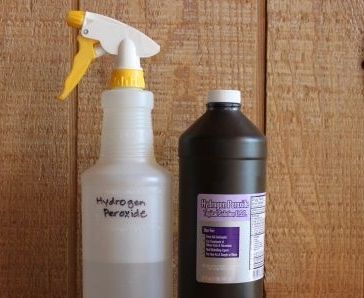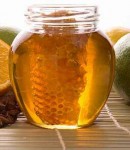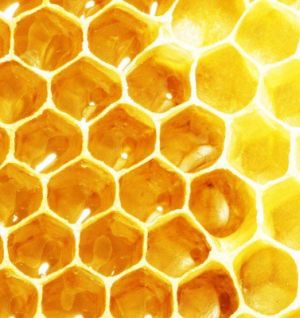 Sayer Ji – A fascinating article published on TechTimes online titled, “Ants Treat Their Own Fungal Infections With Natural Medicine,” illustrates how universal the use of natural substances to maintain health is across the animal kingdom.
Sayer Ji – A fascinating article published on TechTimes online titled, “Ants Treat Their Own Fungal Infections With Natural Medicine,” illustrates how universal the use of natural substances to maintain health is across the animal kingdom.
Researchers discovered that ants infected with a deadly fungus will ingest a naturally occurring — albeit pro-oxidative — molecule known as hydrogen peroxide when offered in combination with honey, presumably in order to medicate themselves:
“Scientists studying an ant species called Formica fusca offered the insects a choice between a pure honey solution and a honey solution spiked with toxic hydrogen peroxide. They found that ants afflicted by a fungal infection tended to opt for the hydrogen peroxide solution, whereas healthy ants were more likely to avoid it. This shift in preference suggests that the ants recognize that hydrogen peroxide helps fight off fungal infections and that its noxious effects become worth the risk when an ant falls ill.”
Furthermore, the infected ants who consumed hydrogen peroxide spiked honey had a significantly lower mortality rate (45%) versus the ants who consumed pure honey (65%). On the other hand, healthy ants fed pure hydrogen peroxide saw a 20% mortality rate, revealing that out of the context of infection where hydrogen peroxide is beneficial unnecessary “treatment” can have adverse health effects.
The researchers also noted that the ants were capable of properly dosing themselves:
When offered a solution that had only a low concentration of hydrogen peroxide, infected ants typically chose to eat equal amounts of the toxic food and the pure food. Offering a stronger hydrogen peroxide solution caused the infected ants to change the balance, eating only half as much of the toxic solution as they did of the pure solution.
It should also be noted that all honey naturally contains hydrogen peroxide, which is known to contribute to its antimicrobial properties. Continue reading →
 Sayer Ji – Some of the most powerful medicines on the planet are masquerading around as foods and spices. While they do not lend themselves to being patented, nor will multi-billion dollar human clinical trials ever be funded to prove them efficacious, they have been used since time immemorial to both nourish our bodies, and to prevent and treat disease.
Sayer Ji – Some of the most powerful medicines on the planet are masquerading around as foods and spices. While they do not lend themselves to being patented, nor will multi-billion dollar human clinical trials ever be funded to prove them efficacious, they have been used since time immemorial to both nourish our bodies, and to prevent and treat disease.
 Do you drink coffee every morning? If yes, the following recipe is definitely something you’ll want to try.
Do you drink coffee every morning? If yes, the following recipe is definitely something you’ll want to try. Jake Carney – Raw honey and coconut oil are two of the most powerful and popular healing foods around. Both have been used for centuries to treat common ailments, as well to support the health and beauty of one’s hair and skin.
Jake Carney – Raw honey and coconut oil are two of the most powerful and popular healing foods around. Both have been used for centuries to treat common ailments, as well to support the health and beauty of one’s hair and skin. Sayer Ji – A
Sayer Ji – A  Arjun Walia – Pesticides, which are sprayed in the amounts of billions of pounds per year, have been making a lot of noise lately. This is because multiple published studies, and hundreds of scientists all over the world have identified (without a doubt) them as a catalyst for multiple major human health ailments, including cancer, Parkinson’s & Alzheimer’s disease, just to name a few. They’ve also been reported to have disastrous environmental consequences, but it doesn’t stop there.
Arjun Walia – Pesticides, which are sprayed in the amounts of billions of pounds per year, have been making a lot of noise lately. This is because multiple published studies, and hundreds of scientists all over the world have identified (without a doubt) them as a catalyst for multiple major human health ailments, including cancer, Parkinson’s & Alzheimer’s disease, just to name a few. They’ve also been reported to have disastrous environmental consequences, but it doesn’t stop there.